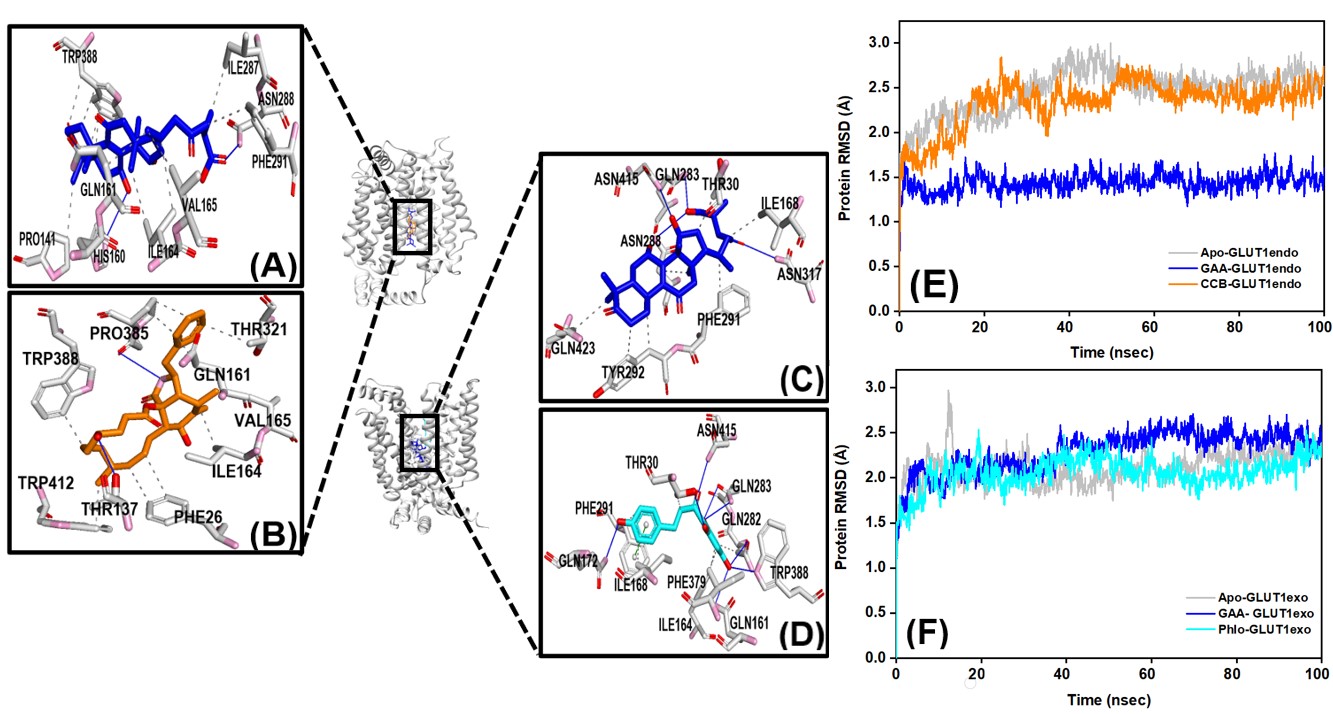
Recently, Prof. HUANG Qing’group from the Hefei Institutes of Physical Science of the Chinese Academy of Sciences studied the new functions of ganoderic acids. They discovered that a compound, ganoderic acid A (GAA), could help fight cancer by targeting glucose transporters, proteins that cancer cells use to take in sugar.
The results have been published in RSC Advances.
Ganoderic acid A (GAA) is a bioactive compound extracted from Ganoderma lucidum, a medicinal mushroom widely used in traditional Chinese medicine. Known for its diverse therapeutic properties, GAA has attracted attention for its potential anticancer and antidiabetic effects.
In this study, the researchers focused on two glucose transporters, GLUT1 and GLUT3, which are produced in higher amounts by cancer cells because they need more sugar to grow.
By employing advanced computational techniques, including AlphaFold2 for protein modeling and molecular docking, the researchers demonstrated that GAA can effectively bind to and stabilize GLUT1 and GLUT3 in their distinct conformational states. Remarkably, GAA showed a preference for binding to the endofacial conformation of these transporters, akin to the action of known GLUT inhibitors such as Cytochalasin B and Phloretin.
“We conducted additional experiments to confirm these findings,” said Prof. HUANG.
In the further experiment, they found that GAA, even at low, non-cytotoxic doses, significantly reduced glucose uptake in human lung cancer cells. This effect was similar to that observed with traditional GLUT inhibitors, underscoring a new function of GAA as an anticancer agent.
This discovery suggests that GAA could be used to 'starve' cancer cells by cutting off their sugar supply, offering a new way to slow cancer growth. It also indicates that GAA could be developed into a novel therapeutic option, particularly for cancers with high GLUT expression.

Molecular docking and MD simulation analysis of GAA and standard inhibitors (Cytochalasin B and Phloretin) in complex with GLUT1 in its endo- and exofacial conformations. (Image by Mona Alrasheed Bashir)